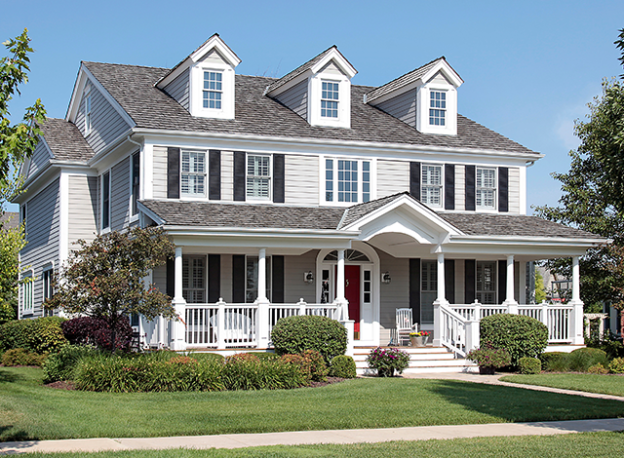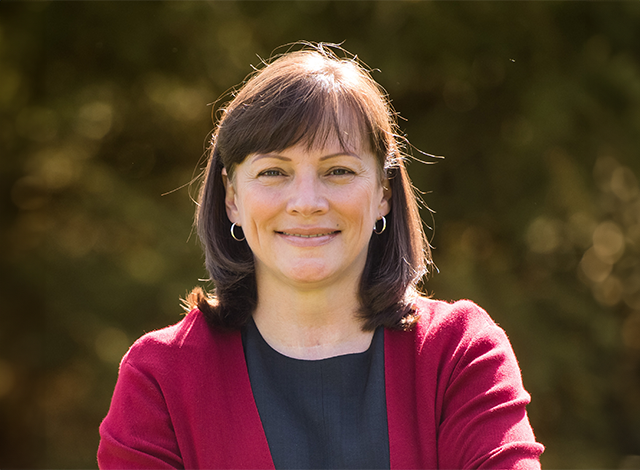HEDDY SOROUR
The town has completed a Community Housing Needs assessment report in an effort to gain insight into the town’s housing requirements as Carleton Place prepares to apply for a grant under the second intake of the Housing Accelerator Fund (HAF) program administered by Canada Mortgage and Housing Corporation (CMHC).
If the town’s application is successful it could receive up to two million dollars towards infrastructure that supports increased housing stock such as roads, bridges, sidewalks, fire halls and more.
The report is comprehensive and draws on multiple sources in an effort to capture a more accurate picture of the housing continuum within the town, and it’s yielded an unexpected result.
“I was shocked that the number of over housed dwelling was quite as staggering as it was. I expected it to be high but I didn’t expect it to be that high,” said Niki Dwyer director of Development Services, Carleton Place and the report’s author.
Over housing refers to people living in a home that is too large with more bedrooms than people explains Dwyer. This usually happens when a household’s composition changes, as when adult children move out but the remaining residents are unable or unwilling to downsize.
“The report shows that we’re sitting in the same boat as everyone else, we have a housing crisis, when 30 percent of existing homes have empty bedrooms. People want to stay in the community and if there aren’t any options they’re going to stay in the big house with the empty bedrooms,” said Carleton Place Councillor Jeff Atkinson.
“I can say that Carleton Place has in the past faced the same housing issues as almost everywhere else in Ontario,” said Andrew Murphy Sales Representative, Century 21 Synergy Realty. He goes onto add “Currently there are a number of new rental apartment buildings being built in town but they won’t be completed for another 18months to two years.”
The 2021 Census revealed that more than a third of bedroom in Carleton place are unoccupied – that works out to more than 5000 unoccupied bedrooms in town.
“Many seniors simply cannot afford to downsize. High home and rental prices make downsizing to more suitable housing, such as a small bungalow or apartment, unaffordable for many seniors,” wrote Dwyer in the report.
A lack of apartments, duplexes, and stacked townhomes or what is referred to as the ‘middle housing types’, exacerbate the situation. More than 65 percent of dwellings in Carleton Place are single or semi detached houses, while only about 15 percent are townhomes or multiple units and the remaining 20 percent fall into apartment style dwellings.
“We need the province to give us the tools, whether it’s through regulations or ways to help incentivize a certain type of housing – that middle housing; instead of going over our heads so we can’t work with developers,” continued Atkinson.
As Dwyer points out, Carleton Place is one of the few fully serviced communities in the county and that means the town is expected to see an influx of seniors wishing to move closer to full services from rural areas, and that dynamic is going to add more pressure for that ‘middle housing’ in the years to come.
“This report is going to be a useful metric to measure the appropriateness of housing on new development applications that we are receiving,” said Dwyer.
Already the town’s building department requires developers to submit their own housing needs assessments and demonstrate how their proposals conform to the demonstrated needs of the community, so this document gives the town a tool to better evaluate applications.
“I think [this report] just confirmed a lot of suspicions and a lot of trends that are occurring across the region and Canada,” concluded Dwyer.























